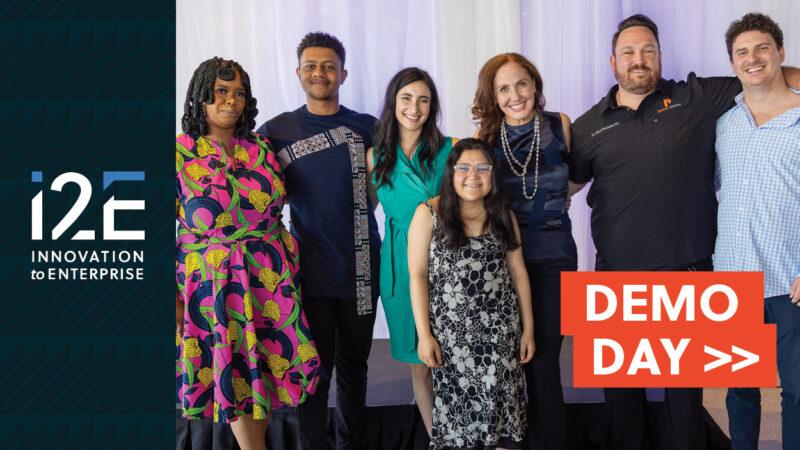By Scott Meacham
Copyright © 2017, The Oklahoma Publishing Co.
For the last couple of years, startup capital has been spreading beyond the traditional geographies.
The scales certainly haven’t tipped (about seven of 10 early-stage deals and more than five of six first-round dollars go to the top 5 percent of cities) but there has been a significant increase in number of cities that receive at least some first-round venture capital.
Even more promising, a fair number of metros, including Oklahoma City and Tulsa, are seeing multiple deals every year. As I’m fond of saying, capital begets capital.
Cities and regions recognize that growing investable high-tech businesses required a different support structure than growing new Main Street businesses. Those of us between the coasts understood, and understood well, that we needed our own versions of support for entrepreneurial ecosystems, and that it’s not a one-size-fits-all solution.
There began to be a proliferation of incubators and accelerators — organizations with the broad objective of helping startups make it across the so-called Valley of Death, that period in a new company’s life between prototype and break-even when a young high-tech business is so vulnerable.
After a few years of this phenomenon, there’s a lot of discussion on the definition and true impact of accelerators and incubators on startups. Members of the Global Entrepreneurship Research Network (GERN), including the Kauffman Foundation and Emory University, have embarked on three years of in-depth research to collect data and analyze the programs and performance of ventures that were accelerated versus those that weren’t.
The study’s first report, which came out in April, observes that there’s “considerable ambiguity” about what an accelerator is or is not. At i2E, we don’t have a physical location that houses our portfolio companies so some would say we are an accelerator/incubator while others would say we are not.
We look at ourselves as a virtual accelerator/incubator, and have learned that the way to help entrepreneurs accelerate critical milestones is to roll up our sleeves and provide venture services that move a young company from where it is to where it needs to be to become investable and scale.
Our approach begins with a rigorous three-week, learn-by-doing venture assessment program to validate (or negate) the product market fit. It’s not a cookie-cutter approach, but an organized process that connects entrepreneurs with the specific services that they need at a specific point in time.
As the GERN study continues analyzing which models help entrepreneurs reach key milestones faster, raise more money, and have more successful exits, we’ll be watching for ways to add to our portfolio of best practices.
Scott Meacham is president and CEO of i2E Inc., a nonprofit corporation that mentors many of the state’s technology-based startup companies. i2E receives state support from the Oklahoma Center for the Advancement of Science and Technology and is an integral part of Oklahoma’s Innovation Model. Contact Meacham at [email protected].








